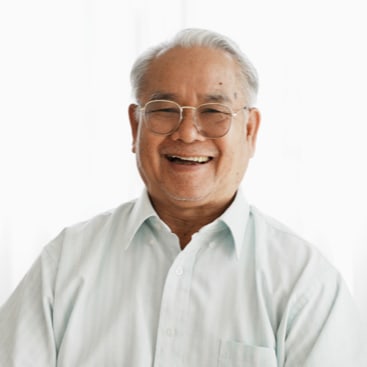Jigsaw Puzzles: A Perfect Activity for Senior Living and Care
Jigsaw puzzles have been a beloved pastime for generations, and for good reason. They not only provide entertainment but also offer a wide range of mental and emotional benefits, especially for seniors. Whether you’re navigating senior living, exploring ways to stay active, or looking for ways to combat stress and isolation, puzzles can be a powerful tool.
The Cognitive Benefits of Jigsaw Puzzles for Seniors
Jigsaw puzzles are more than just a fun hobby—they are a workout for the brain. Research has shown that puzzles:
- Improve cognitive function by engaging both the left (logical) and right (creative) sides of the brain simultaneously.
- Increase the production of dopamine, a neurotransmitter linked to improved memory and learning.
- Strengthen connections between brain cells, reducing the risk of cognitive decline, dementia, and Alzheimer’s disease.
The famous MacArthur study found that mental activities like solving puzzles could increase life expectancy and enhance the quality of life for seniors.
Reducing Stress and Isolation Through Puzzles
For seniors, staying socially and mentally engaged is crucial to overall well-being. Puzzles offer a therapeutic escape, reducing cortisol (the stress hormone) and increasing endorphins. They help seniors focus on patterns and connections, which can shift the brain from a state of stress to calm.
Additionally, puzzles encourage “flow,” a psychological concept referring to being deeply immersed in a fulfilling activity. This state of flow provides relief from stress and creates a sense of accomplishment.
How Puzzles Enhance Social Connections
Jigsaw puzzles can also be a social activity. Assisted living facilities and senior centers often host puzzle groups or clubs where residents can collaborate on larger puzzles, fostering interaction and friendship. For seniors living independently, working on puzzles with family or friends can help combat feelings of isolation.
Practical Tips for Seniors Starting with Puzzles
- Start Small: Choose puzzles with fewer pieces and gradually work up to more complex designs.
- Sort and Organize: Begin with edge pieces to build a frame and sort by color or pattern.
- Join Online Communities: Websites like Jigsaw Explorer offer virtual puzzles that seniors can enjoy at their own pace.
Let Concierge Care Advisors Guide You to the Right Senior Living Options
Jigsaw puzzles are a wonderful way to support mental and emotional health, but they are just one piece of the puzzle in maintaining a vibrant life. If you or a loved one is considering senior living options, our care advisors can help. From exploring assisted living facilities or deciding when to move a senior to assisted living, we’re here to guide you with our senior care and placement services.
Whether you’re looking for long- and short-term care in Puyallup, exploring Milton assisted living options, or seeking senior care options in Renton or senior care in Edmonds (and beyond!), we provide personalized recommendations to suit your needs.
Contact us today to discuss your options and find the right path to a fulfilling and connected lifestyle.

























